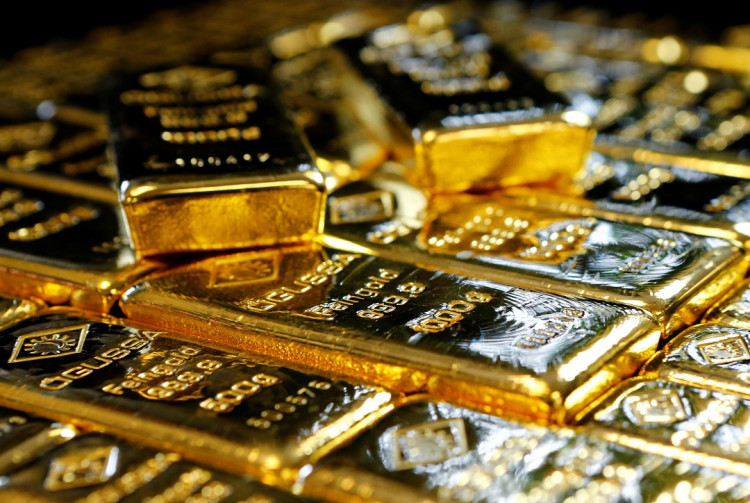Gold prices surged to a record high on Monday, fueled by escalating geopolitical tensions in the Middle East and a broader rally in metal markets. The increased demand for safe-haven assets saw spot gold rising nearly 1% to a record high of $2,440.56 per ounce, while gold futures expiring in June touched a record $2,444.55 per ounce.
The latest spike in gold prices was significantly influenced by the instability in the Middle East. Over the weekend, a helicopter carrying Iranian President Ebrahim Raisi and Foreign Minister Hossein Amirabdollahian crashed amid severe weather conditions. Rescue operations were ongoing, but Reuters reported that the officials' lives were at risk. Raisi, a hardliner seen as a potential successor to Iran's supreme leader, has been known for his strict enforcement of morality laws and a tough stance against domestic protests. This incident has heightened concerns about further instability in the region, which traditionally boosts demand for gold as a safe-haven asset.
The geopolitical tension is not limited to Iran. Israel has continued its military strikes against Gaza, maintaining high levels of regional unrest. Additionally, the ongoing conflict between Russia and Ukraine, with both nations launching strikes against each other over the weekend, has also contributed to the increased demand for gold.
The broader metal markets have also seen significant gains. Platinum futures rose 0.2% to $1,096.50 per ounce, while silver futures surged 3.2% to an 11-year high of $32.285 per ounce. These gains are supported by growing expectations of a U.S. interest rate cut this year, following soft U.S. inflation readings for April. Investors are hopeful that the Federal Reserve will begin trimming rates as early as September, which would further bolster the appeal of non-yielding assets like gold.
Bloomberg reports that the surge in metal prices is partly due to a supply crunch in the copper market, which has had a ripple effect on other precious and industrial metals. The constrained supply of copper is driving up prices across the board, including for silver and gold.
The financial performance of gold has outpaced other major indices this year. Gold prices have risen by 17.1% since the beginning of the year, outperforming the S&P 500, which has gained 11.6% over the same period. This outperformance underscores gold's role as a preferred investment during times of economic and political uncertainty.
The recent geopolitical developments add to a series of events that have kept gold in the spotlight. In April, fears of a potential war between Israel and Iran had previously driven gold prices to record levels, although the worst-case scenario did not materialize. However, the persistent tensions and the new incident involving Iran's top leadership have reignited those fears, pushing gold prices higher once again.
The Federal Reserve's actions and statements this week will be closely watched for further clues on the future path of U.S. interest rates. Atlanta Fed President Raphael Bostic commented on Monday that it will take some time for the central bank to be confident that inflation is on a clear path back to its 2% target. "The issue right now is when are we going to be certain that inflation is clearly on a path back to 2%. I think it's going to take a while before we know that for sure," Bostic said in an interview with Bloomberg Television.
Investors are also anticipating the release of the minutes from the Fed's last meeting, which are expected to provide additional insights into the central bank's thinking and future policy moves. The dollar's performance against other major currencies, including the euro and yen, has been relatively stable as markets await more definitive signals from the Fed.






